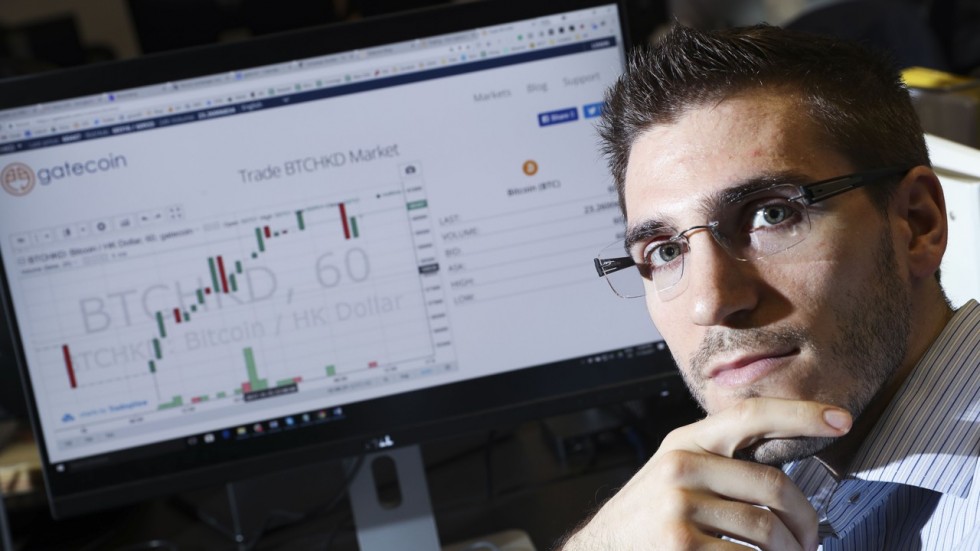Martin Hamilton on four edtech trends to look out for over the next 12 months
Blockchain with everything
Like Ubik, the entropy-reversing spray from Philip K. Dick’s cult novel of the same name, blockchain is everywhere right now. The technology that underpins the bitcoin cryptocurrency and lots of other zeitgeisty developments, blockchain crops up as a miracle solution so often that you could be forgiven for thinking that it was the solution to all the world’s problems. Unsurprisingly, the higher education sector has some intriguing ideas for how the technology could be used.
A start-up company called Doctors Link has created a blockchain-based “digital passport” for doctors, which gathers together a verifiable record of professional accreditation and training, while the University of Northampton-supported Blockchain Alliance for Good has developed a cryptocurrency that records social value (you could be receiving “eduCoin” for volunteering in the community, or for releasing your research data under a Creative Commons licence for reuse).
Learning analytics for a better Brexit?
So how can we help international students who are no longer able to obtain visas? One way would be for institutions to step up their use of techniques like blended learning and augmented reality – and if we don’t do it, someone else will.
The online education startup Udacity is promoting its “nanodegree” in self-driving car engineering. This is a wholly online course complemented by mentoring from engineers already working in this sector. What’s really telling about this nanodegree is that no universities are involved – Udacity has completely bypassed the sector and gone directly to the firms that desperately need people with these new skills. Universities should be wary of being sidestepped by such programmes.
Learning analytics could really help universities to stay ahead of the game; it’s all about repurposing data that come out of our interactions with IT systems. This information is typically overlooked, but potentially has great value. Simple things like taking a library book out on loan or clicking on a link in the virtual learning environment can tell us a lot about how engaged a student is with their course. Putting these data together lets us use artificial intelligence to predict which interventions might help a student to achieve their full potential.
At Jisc we’ve worked with software vendors and about 100 universities and colleges to create a national “learning analytics service”, along with common standards that we hope will be transferable internationally.
Going underground: academia takes to the ‘Dark Web’?
Issues around freedom of movement are one problem higher education must contend with in 2018, but on both sides of the Atlantic there’s also a distrust of experts and, yes, intellectuals (stoked by far Right media outlets). There is something insidious going on here – deliberate damage is being done to the scientific record and the practice of science.
Perhaps the most notable example of this vandalism is in the field of climate change, with the wilful destruction of online climate data from some US federally funded programmes. It has been heartening to see the climate science community come together to preserve as much data as possible through collaborations like Data Refuge and Climate Mirror. It’s not hard to see the crunchier end of academia being forced, in some countries, to resort to the tools of the Dark Web in order to continue functioning.
Let’s do everything we can to ensure that the UK doesn’t become one of them.
Source/More: Education technology: what does 2018 have in store?
















